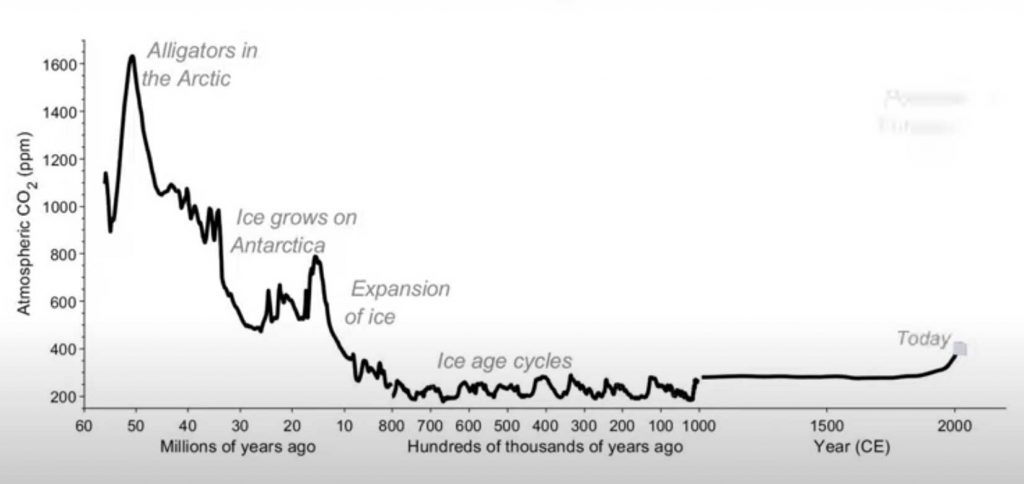Study: CO2 today enough to raise sea level by 20M
An international team of scientists, from Texas A&M University, the University of Southampton […]
Date Posted:
June 4, 2021
An international team of scientists, from Texas A&M University, the University of Southampton and the Swiss University ETH Zürich, led by the University of St Andrews, published their findings in the study, Atmospheric CO2 over the Past 66 Million Years from Marine Archives.
The international team pulled together data collected over the last 15 years using high-tech laboratory techniques. The combined data spans the past 66 million years – the new insights suggest tremendous changes for Earth’s climate and all living things, what we can ultimately expect if CO2 levels continue to rise at the current rate.
Core samples of mud from the deep-sea floor, with microscopic fossils and ancient molecules accumulations, preserved a story of what CO2 and the climate looked like at the time. By firing these ancient atoms through super sensitive instruments, the scientists detect the chemical fingerprints of past changes in CO2, and then can be compared with present day changes.
For instance, the study explains how through fossil fuel burning and deforestation, humans have now driven CO2 back to levels not seen since around three million years ago.

University of St Andrews: Dr James Rae, from the University of St Andrews School of Earth and Environmental Sciences, who led the international team explained: “For instance, the last time CO2 was as high as it is today enough ice melted to raise sea level by 20 metres and it was warm enough for beech trees to grow on Antarctica.
“If we allow fossil fuel burning to continue to grow, our grandchildren may experience CO2 levels that haven’t been seen on Earth for around 50 million years, a time when crocodiles roamed the Arctic.”
Dr Rae added: “CO2 has transformed the face of our planet before, and unless we cut emissions as quickly as possible, it will do it again.”
The study abstract
Source: Throughout Earth’s history, CO2 is thought to have exerted a fundamental control on environmental change. Here we review and revise CO2 reconstructions from boron isotopes in carbonates and carbon isotopes in organic matter over the Cenozoic—the past 66 million years. We find close coupling between CO2 and climate throughout the Cenozoic, with peak CO2 levels of ∼1,500 ppm in the Eocene greenhouse, decreasing to ∼500 ppm in the Miocene, and falling further into the ice age world of the Plio–Pleistocene. Around two-thirds of Cenozoic CO2 drawdown is explained by an increase in the ratio of ocean alkalinity to dissolved inorganic carbon, likely linked to a change in the balance of weathering to outgassing, with the remaining one-third due to changing ocean temperature and major ion composition. Earth system climate sensitivity is explored and may vary between different time intervals. The Cenozoic CO2 record highlights the truly geological scale of anthropogenic CO2 change: Current CO2 levels were last seen around 3 million years ago, and major cuts in emissions are required to prevent a return to the CO2 levels of the Miocene or Eocene in the coming century.
| ▪ | CO2 reconstructions over the past 66 Myr from boron isotopes and alkenones are reviewed and re-evaluated. |
| ▪ | CO2 estimates from the different proxies show close agreement, yielding a consistent picture of the evolution of the ocean-atmosphere CO2 system over the Cenozoic. |
| ▪ | CO2 and climate are coupled throughout the past 66 Myr, providing broad constraints on Earth system climate sensitivity. |
| ▪ | Twenty-first-century carbon emissions have the potential to return CO2 to levels not seen since the much warmer climates of Earth’s distant past. |
RELATED